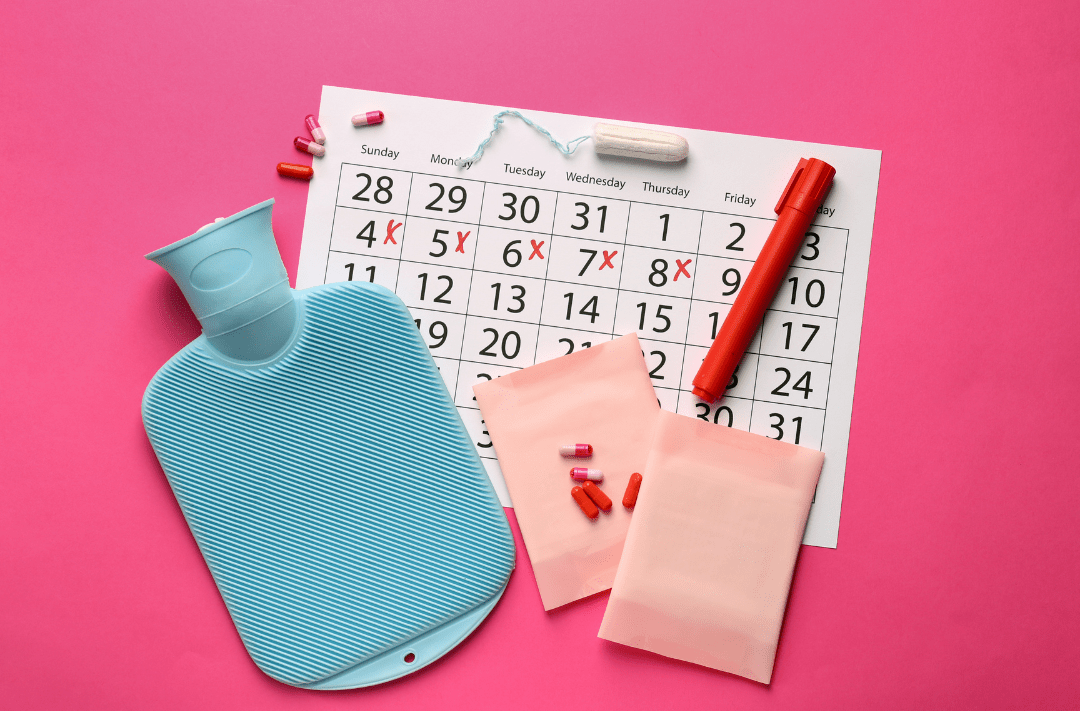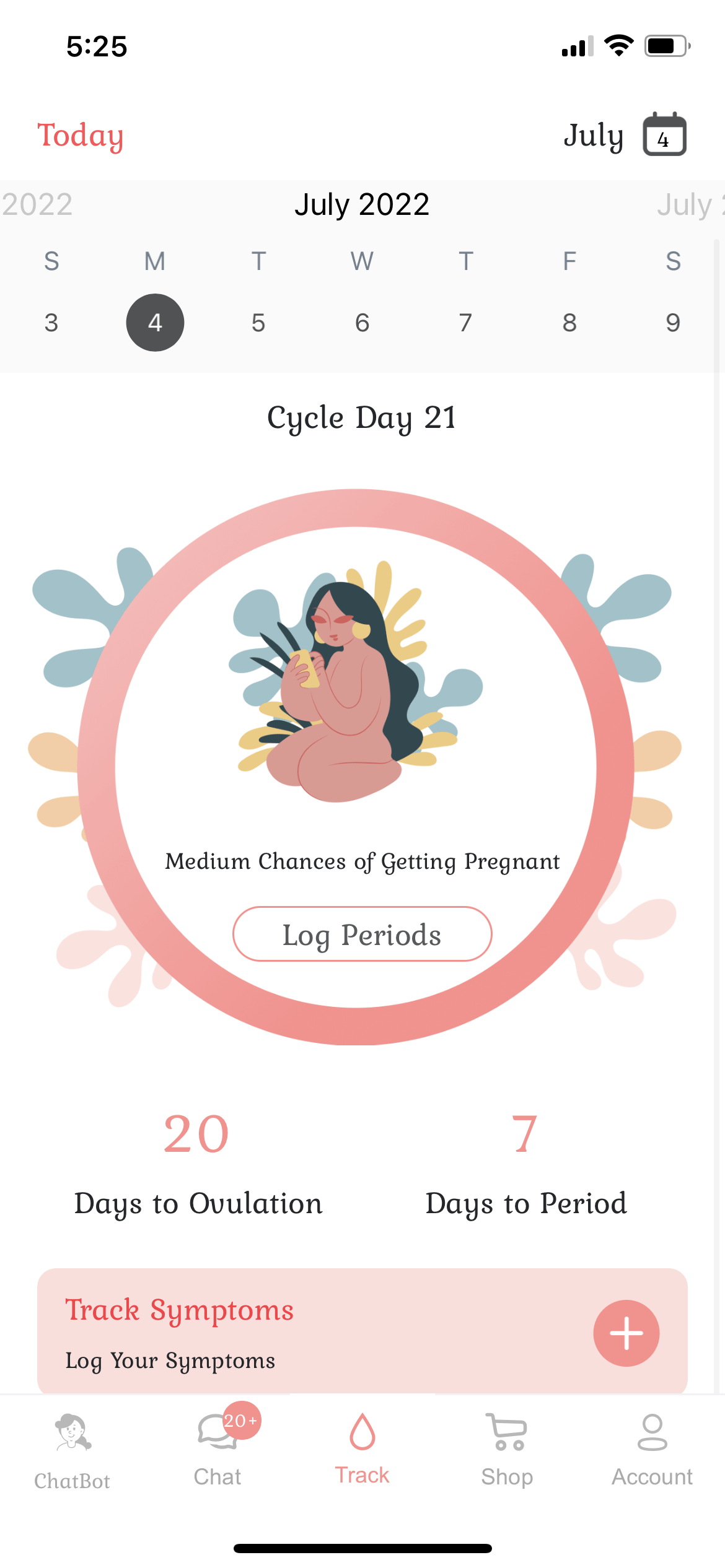Is the whole process of egg release, hormonal changes, period cramps, irregular periods and pregnancy making you scratch your head and you are not able to understand anything? Let us help you to understand in the simplest words – how periods work?
What are periods and when does it start?
Periods are the few days when a woman experiences bleeding from their vagina. The onset of the bleeding signifies the beginning of what is known as the period cycle. Usually, periods start around in women at some time during puberty, when they are between 12 to 14 years of age. It is possible to get your first period either earlier or even later than the age stated above. Also, a woman’s period stops anywhere between 45 to 55 years of age. This is called menopause and after the completion of this stage, a woman will no longer be able to get pregnant again.
Why are periods important?
Periods are important because they help your body prepare itself for future pregnancy every month. Estrogen and progesterone are the two hormones that control your menstrual cycle. In the normal scenario, periods occur every month. During periods, the lining of your uterus sheds, and tissues along with blood come out from your uterus through the cervix and are secreted out of your body through the vagina.
How long is a period cycle?
The regular cycle is about 28 days long, but it can be shorter or longer which can range from 21 days to about 40 days which is common. Although, you may have irregular periods in case the length of your cycles vary (the gap between start of one period and next). Some of the causes of irregular periods are puberty, sudden weight loss or gain, changes in hormone levels, menopause, medical conditions like PCOS, etc.
Colour and volume of blood loss
Normally, your periods last between three to eight days, and the bleeding tends to be the heaviest in the first two days. If your blood is red in colour, that means your period is at its heaviest. However, if your blood is brown, pink, or black, it signifies lighter periods. In the normal scenario, you will lose about 30 to 72ml of blood during your periods.
How do periods work?
There are two ovaries in your body – each holds a bunch of eggs that are too small to be seen with naked eyes. The ovary releases an egg into the fallopian tube every month when the hormones in your body make the egg mature, which means that the egg is ready to be fertilised by a sperm. In case the egg is fertilised, pregnancy occurs, and to protect your fertilised egg, the hormones form a thick lining of your uterus. The uterus lining is made of tissues and blood like the other organs in your body and is rich in nutrients to help grow your pregnancy. But if the egg remains unfertilized, there will be no pregnancy. Hence, the lining of the uterus will shed and flow out of your body along with blood through the vagina. This is largely how your periods work. 1 2
If you have any problems with regards to periods, you can have a symptom-check for free on our gynaecologist approved chatbot. We even have a community of women where you can talk freely and chat anonymously. No judgement and no more googling your symptoms. Download the Pinky Promise App now!





